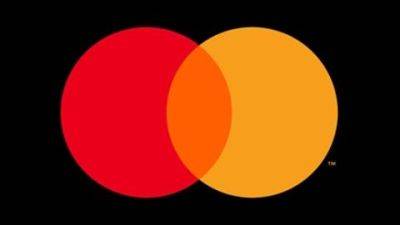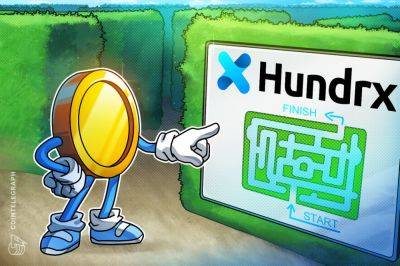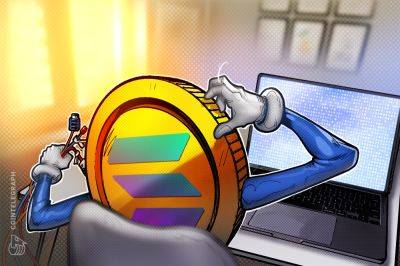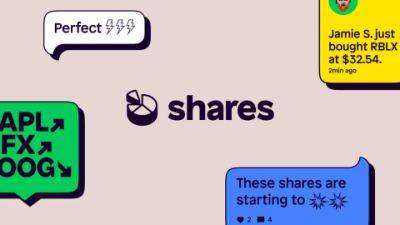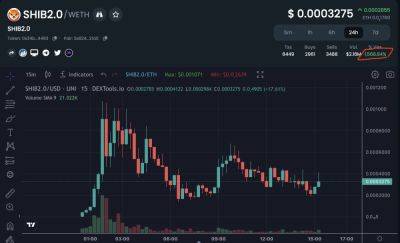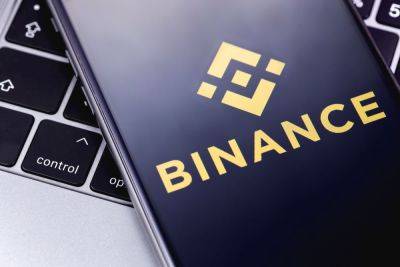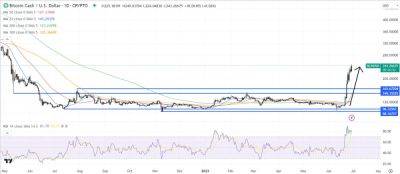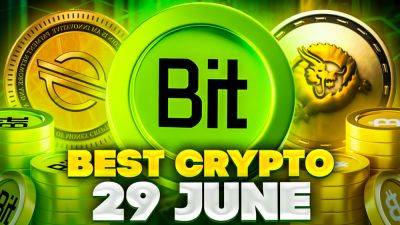This tokenization platform aims to bridge the gap between traditional assets and crypto
Tokenization is one of the biggest trends in blockchain, following decentralized finance (DeFi) or nonfungible tokens (NFTs). The transition of real-world assets to the blockchain, including equity and debt, can change financial markets by bringing more liquidity and making the trading process cheaper and more automated.
A recent report released by the Global Financial Markets Association (GFMA) and Boston Consulting Group estimates that the global value of tokenized illiquid assets will grow from about $0.3 trillion today to about $16 trillion by 2030.
Tokenization is not just a fad for crypto enthusiasts. It’s attracting major players in traditional finance. In May 2023, BlackRock chairman Larry Fink said that tokenization could make capital markets more efficient. The head of the world’s largest asset manager, with about $10 trillion under management, stated in his annual letter: “Tokenization of asset classes offers the prospect of driving efficiencies in capital markets, shortening value chains and improving cost and access for investors.”
Nevertheless, tokenization is still in its infancy and must overcome several challenges before reaching mass adoption, including regulatory clarity, fragmentation, slow onboarding and lack of infrastructure.
In the GFMA report, interviewed token issuers expressed concern about the confusion around the various platforms and exchanges available, emphasizing that they are unclear on how to reach their target investor base.
To address the fragmentation and slow adoption of tokenization ecosystems, the market needs one-stop platforms that foster interoperability and support issuers throughout the tokenization cycle.
One such example is Brickken, whose recently launched Token Suite product
Read more on cointelegraph.com


